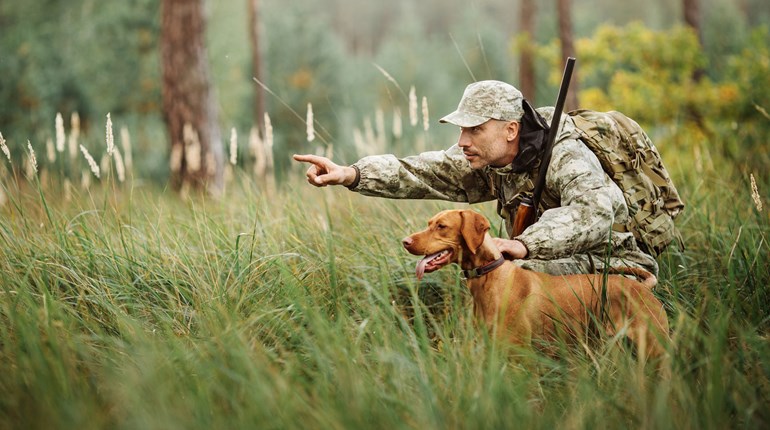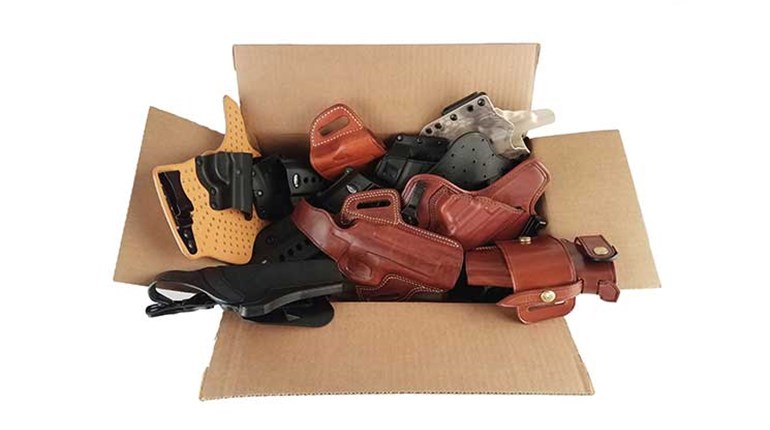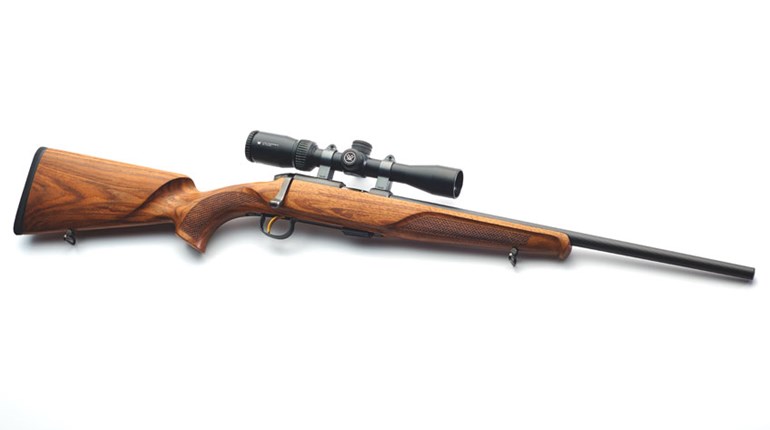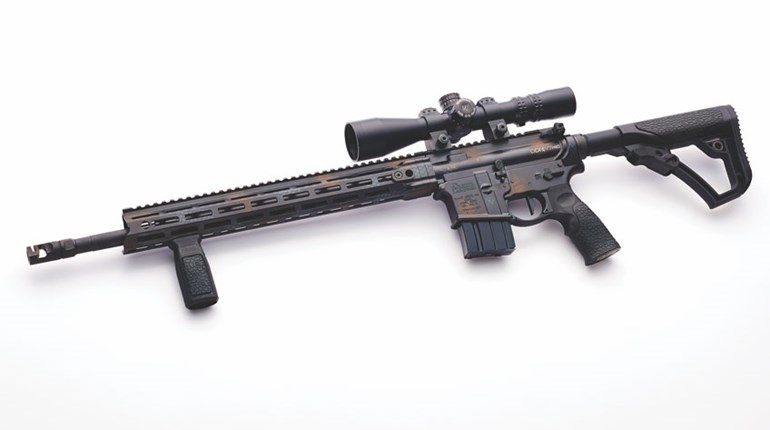
Lately we’ve examined some criteria for that “first” carry firearm, and it didn’t take long to deduce that such a choice is thornier than might initially be apparent. The most daunting complexity is one we also find alarmingly unexamined—or at least under-examined—as we watch both real and supposed experts make their recommendations: Firearms that are excellent by one standard may fail badly by another. When we throw in the overarching seriousness of “carry” considerations, those failings may be a big deal.
It is lamentable that the burden of the resulting choices falls disproportionately on new(er) shooters. Having less experience to draw on, it’s no surprise they seek advice. But the advice they get is, shall we say, of variable quality. That such can prove costly—and not simply in monetary terms—is what we hope to repair.
An example or two may illustrate this best. We admit at the outset that both are pet peeves, but the relative harm they do in the choosing process is nevertheless real.
“I hate finger grooves.”
“The 1911 has the perfect grip angle.”
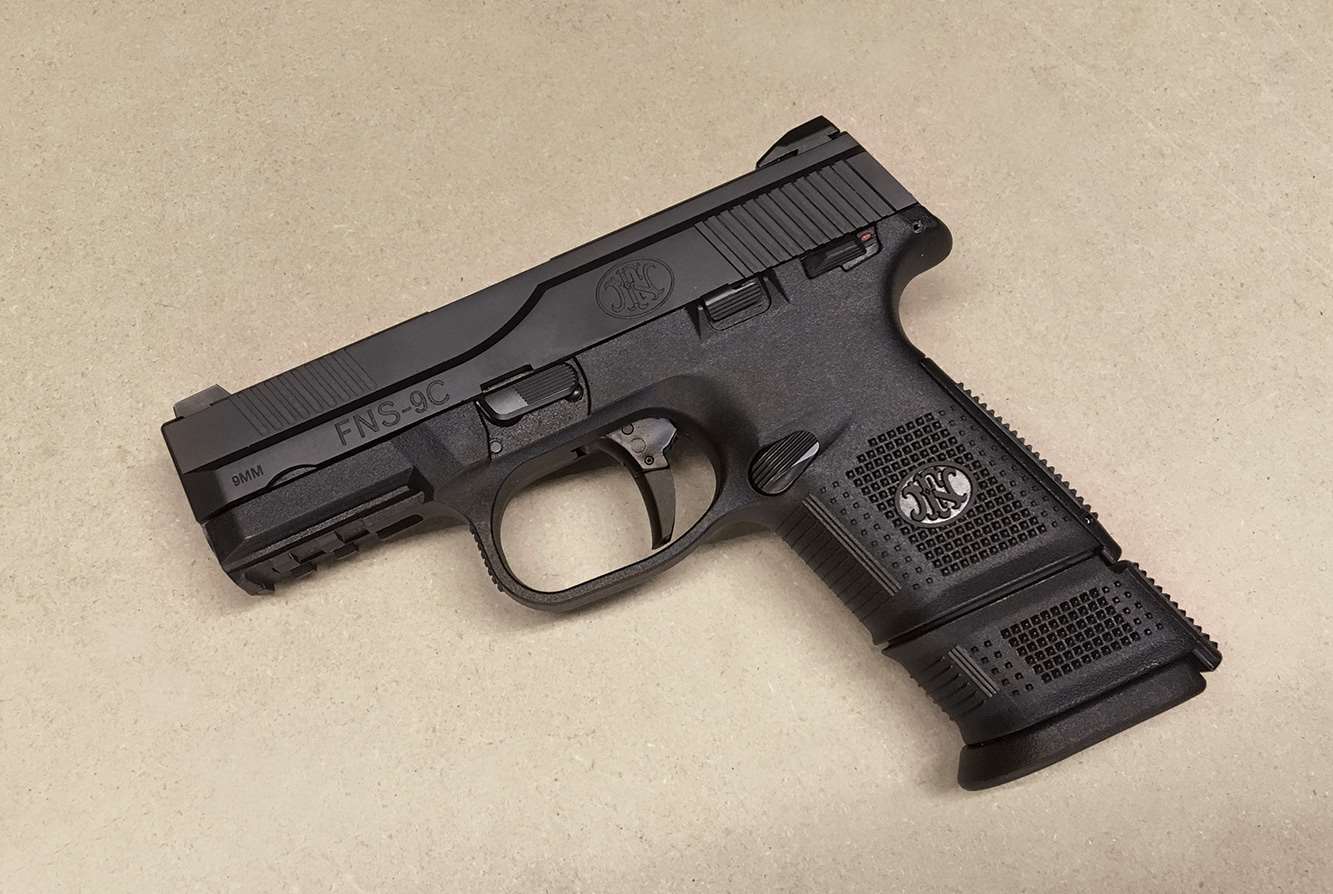
That several tirades would not be enough to illustrate just how wrong both statements may be under some circumstances is all we’ll say. If you are in a position to help someone make a firearm selection, just stop saying this sort of thing. Please.
And if you’re in a position to need advice, such expostulations may be ample cause to look elsewhere for guidance.
Take the first case—finger grooves. We respect this as a matter of taste, training or experience, but there’s a really good reason finger grooves still appear on the pistols of many top-shelf manufacturers (here, here, and here, for instance; and they can be added to many more with the likes of this). Simply, they facilitate and reinforce consistent grip on the firearm. Especially for a new shooter, few things are more helpful in allowing other essential tasks to occur, namely expeditious sight alignment and correct trigger manipulation, to say nothing of mere retention (especially applicable when you’re learning to draw).
Any of those sound like a good idea?
So if finger grooves crowd you—as they do us on some pistols, by the way—don’t choose or shoot that pistol. But extrapolating the presence (or absence) of fingers grooves as a disqualifying “flaw” is at least an overstatement when it comes to a recommendation. For some, it may be an out-and-out error.
Grip angle? There’s actually a good argument to be made that it is not manifested, unassailable perfection in the 1911. It may be comfortable/familiar to you after tens of thousands of rounds (certainly it is to us, so stop organizing that necktie party), but the notion of “inherent correctness” is an unjustified leap in spite of that century-plus of success. While it is a reflection of a commonly “natural” angle with the hand extended and all fingers closed, the hand tilts forward as the trigger finger extends, and suggests that a slightly higher angle may truly be better (for multiple reasons we’re glad to detail on some other occasion). Whether you happen to find it perfect is an importantly different matter. It also emphatically does not mean that a slightly higher angle may not do a better job of “keeping energy in the gun” and, hence, the gun running, especially under stress or compromised hand positions. Again, and especially for newer shooters, what is it about fewer malfunctions that sounds like a bad idea?
So if you’re giving the advice, be, well, honorable: What may have worked perfectly for you for decades may not be the right choice for another shooter for ergonomic, technical, stature or mindset reasons. And because we’re talking about a defensive firearm, after all, what are experienced preferences for you may unintentionally transmute to barriers, or even hazards, for someone else.
If you’re taking advice, beware blanket endorsements or criticisms. Either may be correct, but make sure they are reasoned and that you understand that reasoning. Better still, seek supplementary experience of your own with an open mind. This will let you vet those “helpful” opinions far better. In other words, seek out facilities or instructors who will let you try firearms.
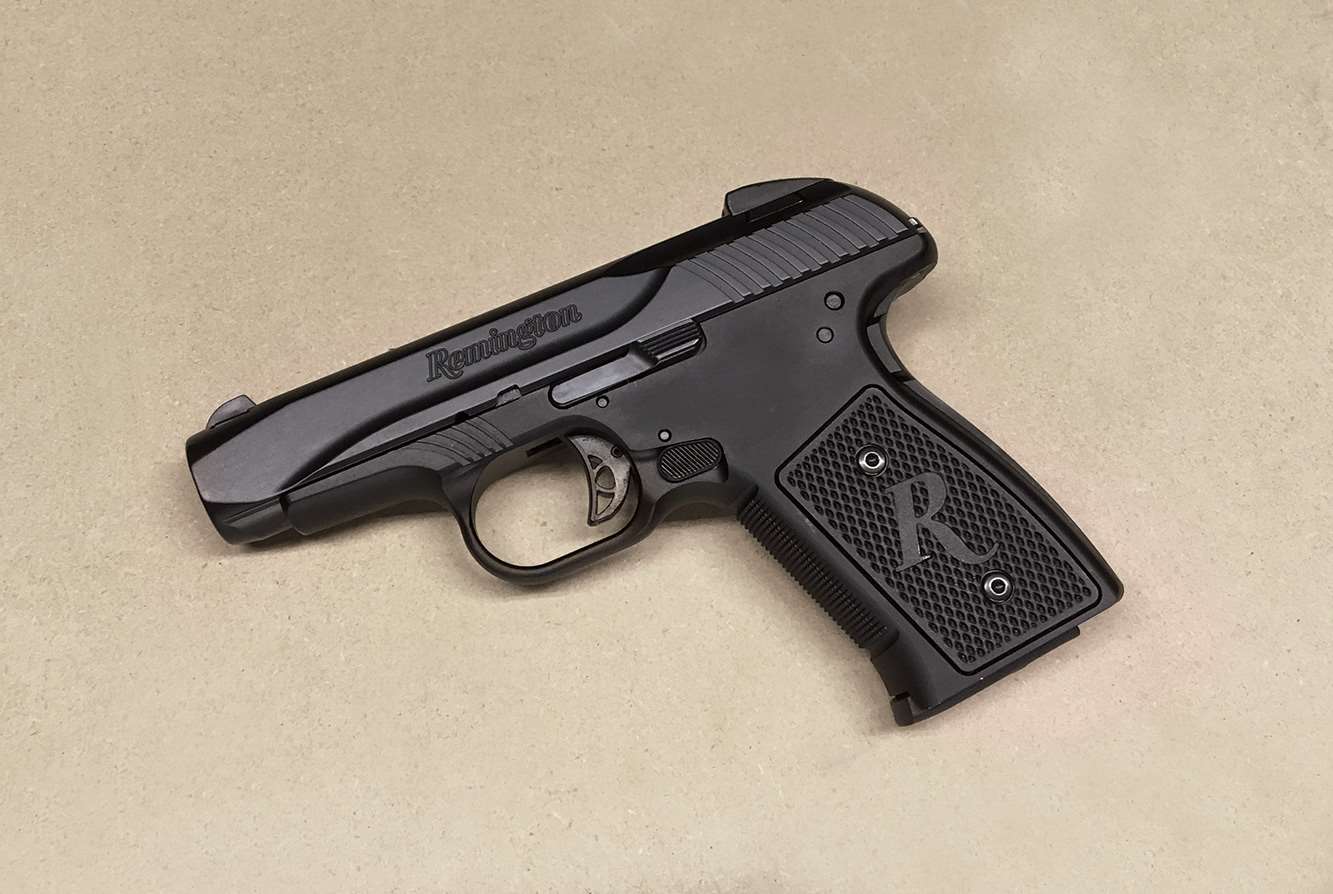
We make this last suggestion realizing it requires a double dose of discipline. Once the decision is made to acquire a first (or additional) carry firearm, the urge to do so easily becomes undue haste. Only legitimate, immediate danger should make you follow through with a purchase under these conditions, and then only with the caveat of getting serious-minded training as soon as possible, and making the commitment to practice.
Otherwise, take every opportunity you can to try out the pistols that meet our criteria in terms of technique (nothing too specialized—especially if very small), sufficient to the task (powerful enough to stop a fight, yet manageable enough to train with routinely), size/weight (so that you can and will carry), and an action you fully understand and can manipulate (like cycling the slide or pulling a double-action trigger). It is so useful, in fact, that you may want to get one before you buy another handgun, particularly a carry arm.
One more thought, and we concede it’s a bit of a plug. We happened across this device (MantisX) last year at the NRA Annual Meetings & Exhibits, and we are more convinced than ever that it is a huge step forward in learning to shoot a handgun well in terms of accuracy and mechanical/ergonomic correctness. It is so useful, in fact, that you may want to get one before you buy another handgun, particularly a carry arm.
Why? MantisX technology takes the bulk of the guesswork out of grip and trigger mechanics, and for any pistol with an accessory rail delivers an astonishingly precise assessment of your unique variables. It seems obvious to us that such metrics are vastly more useful than most impressions, however well-meant, and will help you make the best choice of firearm based on data, and not on “it feels good (but won’t later)” or “it works for me (but may not for you).”
Now choose and advise carefully, practice and train more, and Carry on.
Frank Winn has been studying arms and their relationship to tyranny, meaningful liberty and personal security all his adult life. He has also been a competitive shooter and firearms safety/shooting instructor for more than 20 years, though he won’t admit how many more than 20.












